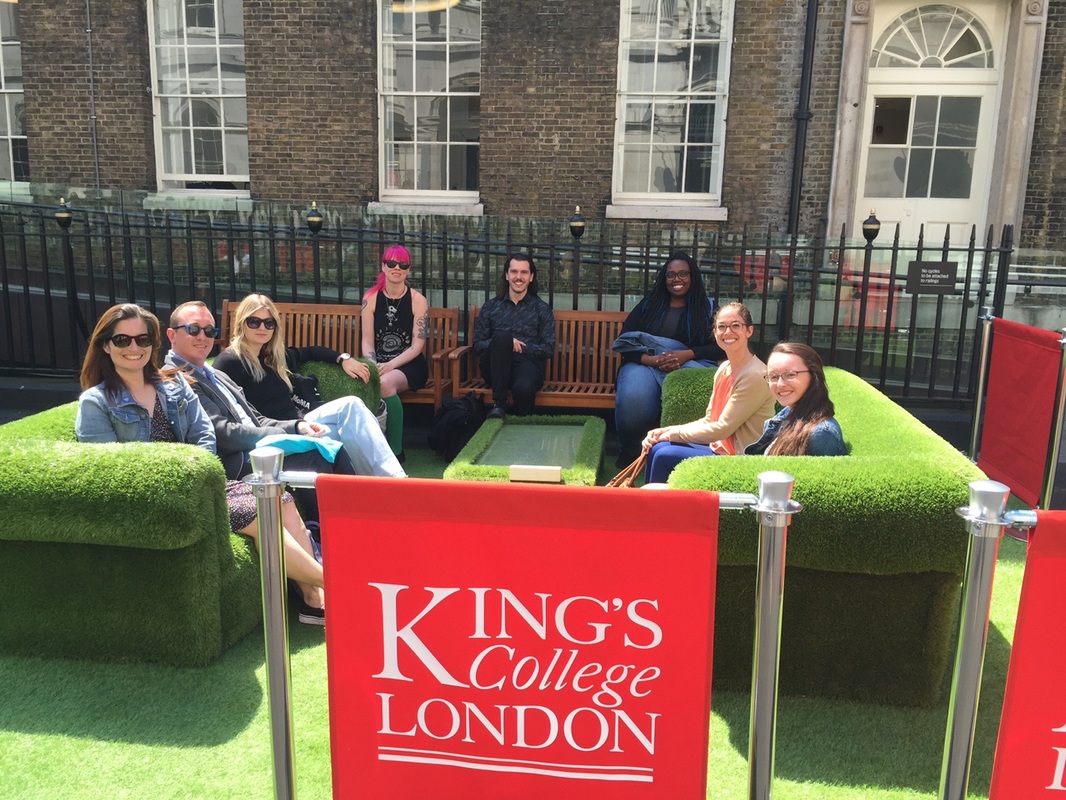ARTS & DIGITAL CULTURE IN LONDON
Pratt Institute Summer 2016
Caroline Evanson
From Turing’s Universal Machine in 1936 to Shannon’s Blueprint for a Digital Age in 1948, the idea of unity of all information media has now been a fundamental concept of our society for almost three quarters of a century. Not only is the transmission of information important, but in our current culture, the synthesis of data is equally crucial. We must not only possess the information, but process it in a historical and societal context.
Libraries and cultural institutions are the repositories that we entrust these cultural artifacts to and their commitment to evolving technology. Through implementation of digital initiatives that provide community access, specifically those visited while in London during this course, have been impressive. These digital programs promote not only access, but immersion and interaction with both the information and each other in an enviornment that will help to strengthen our future. As the Pulitzer Prize winning author Robert Penn Warren said, “history cannot give us a program for the future, but it can give us a fuller understanding of ourselves, and of our common humanity, so that we can better face the future.”
Libraries and cultural institutions are the repositories that we entrust these cultural artifacts to and their commitment to evolving technology. Through implementation of digital initiatives that provide community access, specifically those visited while in London during this course, have been impressive. These digital programs promote not only access, but immersion and interaction with both the information and each other in an enviornment that will help to strengthen our future. As the Pulitzer Prize winning author Robert Penn Warren said, “history cannot give us a program for the future, but it can give us a fuller understanding of ourselves, and of our common humanity, so that we can better face the future.”

